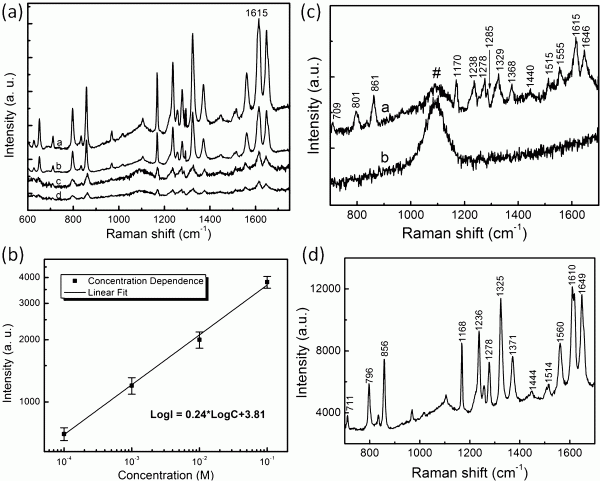The surface-enhanced Raman scattering from ZnO nanorod arrays and its application for chemosensors
2014
期刊
Sensors and Actuators B: Chemical
下载全文

- 卷 193
- 页码 745-751
- Elsevier BV
- ISSN: 0925-4005
- DOI: 10.1016/j.snb.2013.11.097
